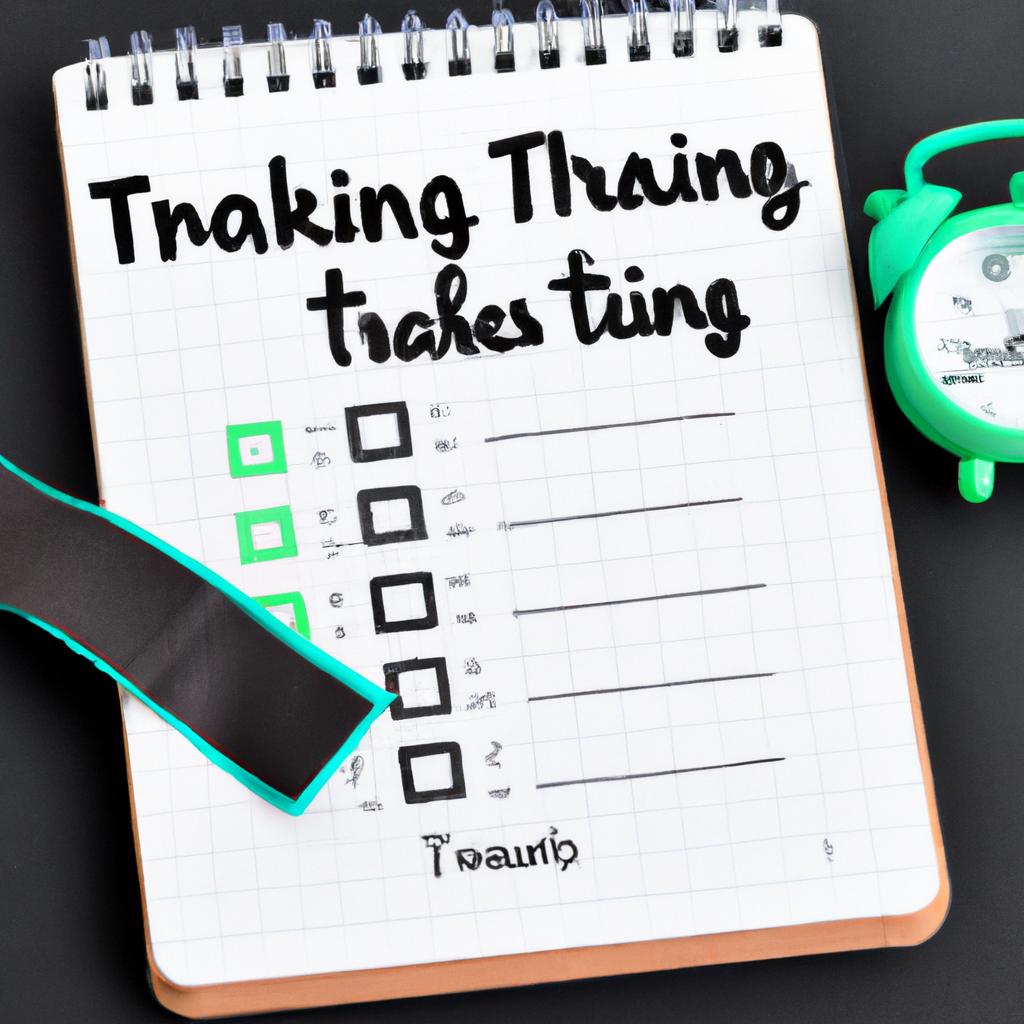Mapping Your Success: The Power of Fitness Goals in Tracking Progress

In the journey toward personal achievement, the idea of success often dances just out of reach, a shimmering mirage fueled by ambition and desire. But what if you could chart a course to that elusive destination? “Mapping Your Success: The Power of Fitness Goals in Tracking Progress” invites you to explore how setting specific, measurable fitness goals can serve as both a compass and a guide on your path to self-improvement. Just as a map reveals hidden routes and potential obstacles, tangible fitness objectives illuminate the way forward, providing clarity and motivation. This article delves into the transformative effects of goal-setting in fitness, showcasing how this practice not only fosters physical well-being but also nurtures resilience, discipline, and a deeper understanding of oneself. Join us as we uncover the unique power of fitness goals in shaping a roadmap to success, where every milestone becomes a celebration of progress and personal growth.
Harnessing the Power of SMART Goals to Propel Your Fitness Journey
Setting effective fitness goals is one of the most significant steps in a successful fitness journey. By utilizing the SMART framework—which stands for Specific, Measurable, Achievable, Relevant, and Time-bound—you can create a structured approach to your health aspirations. For instance, instead of saying, “I want to get fit,” a SMART goal would be, “I will run 5 kilometers in under 30 minutes by the end of three months.” This clarity not only enhances motivation but also allows you to track progress more effectively, adjusting your strategies as necessary. By defining each element of the SMART criteria, individuals can transform vague intentions into tangible outcomes.
Moreover, the process of tracking progress helps maintain accountability and can lead to increased confidence in your abilities. Consider breaking your primary goal down into smaller, manageable milestones. You might create a simple table to record weekly achievements, promoting a sense of accomplishment that fuels your drive. Here’s a simplified table that could be used to track one’s weekly performance towards that 5-kilometer target:
| Week | Distance Run (km) | Time (min) | Notes |
|---|---|---|---|
| 1 | 2 | 15 | Felt good |
| 2 | 3 | 22 | Need to pace myself |
| 3 | 4 | 28 | Struggled a bit |
| 4 | 5 | 30 | Hit my goal! |
This targeted approach, combining SMART goals with consistent tracking, creates a powerful synergy that not only enhances your commitment to fitness but also ensures steady progress. Celebrate small victories along the way, as they serve as stepping stones to larger achievements, transforming your fitness journey into a fulfilling adventure.

Visualizing Progress: Effective Tools for Tracking Your Fitness Achievements
In the digital age, the tools available for monitoring fitness progress have evolved remarkably, enabling individuals to visualize their achievements in bespoke ways. **Mobile apps and wearable devices** have become indispensable companions for fitness enthusiasts. These tools allow users to log workouts, monitor heart rates, and track calories burned, all while providing engaging visuals through graphs and charts. Many platforms even include features like challenge modes, social sharing options, and detailed analytics, transforming monotonous fitness tracking into a vibrant community experience. The combination of data and visual representation not only promotes accountability but also fuels motivation, encouraging individuals to strive for their next milestone.
Additionally, customized **fitness dashboards** have emerged as popular methods for presenting personal progress. These dashboards can be tailored to display a variety of metrics, such as progress towards weight goals, strength advancements, or endurance improvements. Here’s a glimpse of what a basic fitness dashboard could contain:
| Metric | Current Status | Goal |
|---|---|---|
| Weight (lbs) | 150 | 140 |
| Push-Ups (count) | 20 | 30 |
| Run (miles) | 3 | 5 |
Such clear, concise representations make it easy to see where you stand on your fitness journey at a glance, while also highlighting areas that may require more focus. By integrating these powerful tools and visual aids into your routine, tracking your fitness achievements can transform from a tedious chore to an inspiring experience full of personal discovery and growth.

The Role of Mindset in Achieving and Reevaluating Fitness Goals
When it comes to reaching your fitness aspirations, the connection between your mindset and your trajectory cannot be overstated. A positive mental approach not only fuels motivation but significantly influences the way you respond to setbacks. Embracing challenges with a growth mindset allows you to view obstacles not as roadblocks but as opportunities for learning and development. This shift in perspective encourages resilience and keeps your ambition alive, even when progress slows or becomes complicated.
To foster this empowering mindset, consider implementing the following strategies:
- Set Clear Intentions: Define what achieving your goals looks like.
- Practice Self-Compassion: Be kind to yourself on tough days.
- Visualize Success: Regularly picture yourself reaching your milestones.
- Track Your Progress: Keep a journal or app to monitor strengths and areas for growth.
| Mindset Aspect | Impact on Fitness Goals |
|---|---|
| Growth Mindset | Embraces challenges and learns from failure |
| Fixed Mindset | Avoids challenges and fears failure |
By cultivating a mindset focused on growth and resilience, you not only set the stage for achievements but also create a robust framework for regularly reevaluating your fitness goals. As you evolve, so should your objectives and methods; allow room for flexibility and adjustment based on your experiences. This way, each milestone not only gets you closer to your ultimate vision but also serves as a catalyst for ongoing self-discovery and greater awareness of your capabilities.
In Retrospect
As we conclude our exploration of mapping your success through fitness goals, it’s clear that tracking progress is more than just a method; it’s a powerful tool that can transform your journey. By setting clear, achievable objectives, you not only create a roadmap to your aspirations but also cultivate resilience and self-awareness. Remember, the path to fitness is often winding, filled with both triumphs and setbacks. Embrace each step of the way, celebrating small victories while learning from challenges.
So, as you set out to define and track your own fitness goals, keep in mind that the journey is just as important as the destination. Your progress reflects not only your physical transformation but also your commitment to personal growth. Whether you choose to log each workout, jot down your reflections, or visualize your achievements, know that every effort contributes to a larger narrative of success. So lace up your sneakers, chart your course, and let the journey unfold—your success story awaits.





